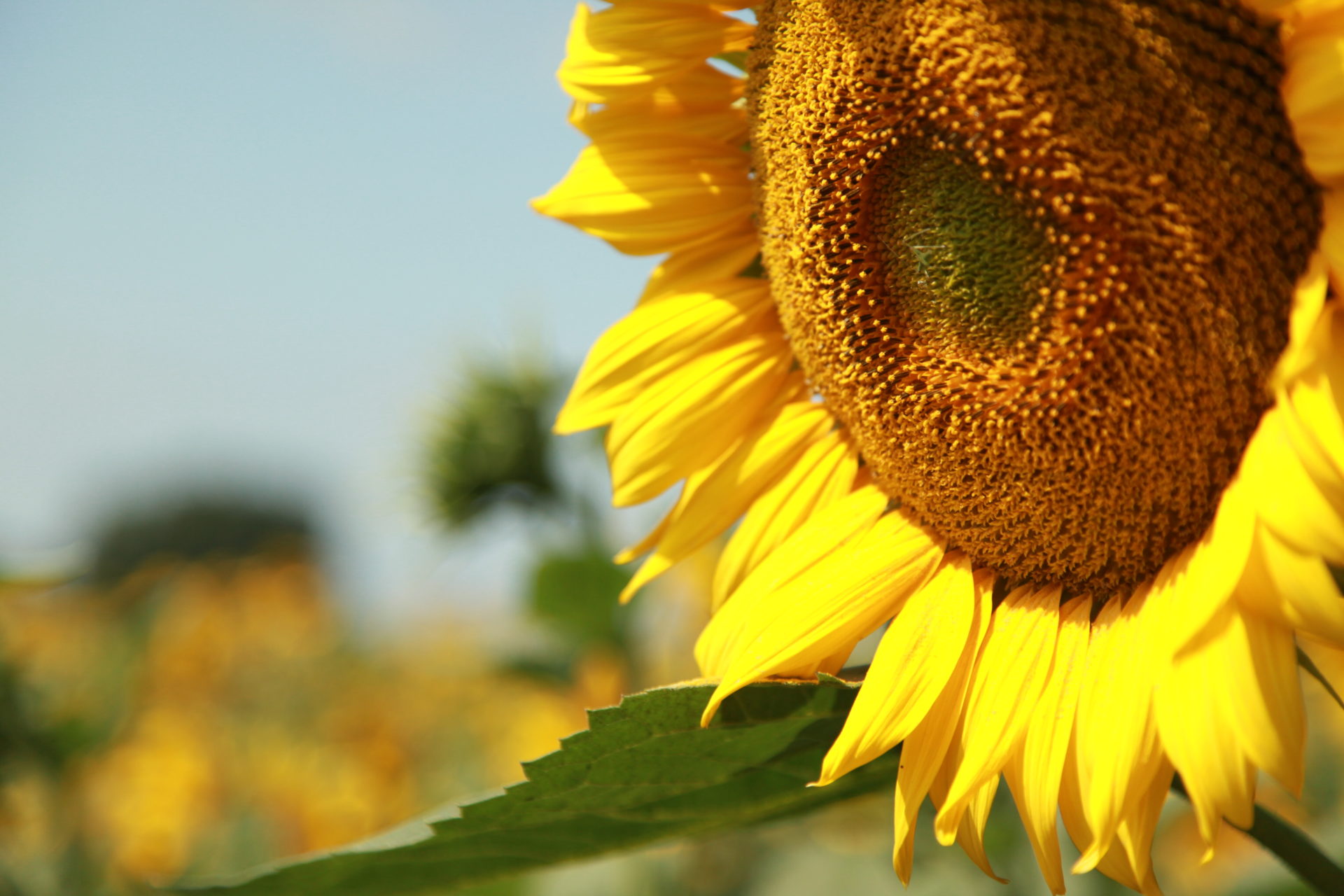By Eileen Kiera
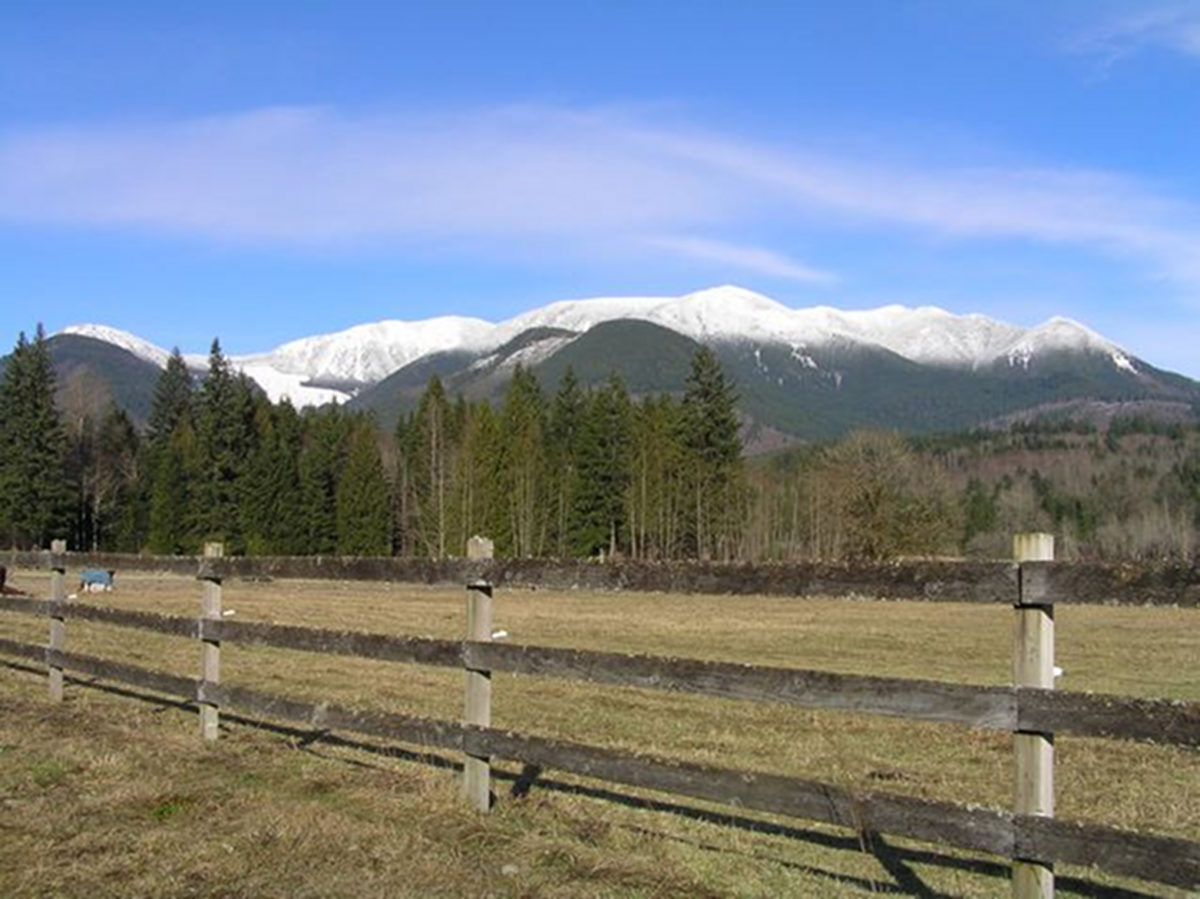
At my home in Mountain Lamp Community, I often practice walking meditation as the sun comes up over the mountains across the valley. When I walk, I don’t think about where I am going or wonder what the next step is going to be like. I don’t question if I can be present to touch the Earth. I walk as a mountain,
By Eileen Kiera

At my home in Mountain Lamp Community, I often practice walking meditation as the sun comes up over the mountains across the valley. When I walk, I don’t think about where I am going or wonder what the next step is going to be like. I don’t question if I can be present to touch the Earth. I walk as a mountain, in stillness, in solidity, in trust. And I find the mountains alive within me. Their presence informs me and enfolds me at the same time. On some days I see myself in the mountains, and I realize my mountain nature. On other days, the mountains realize themselves through me.
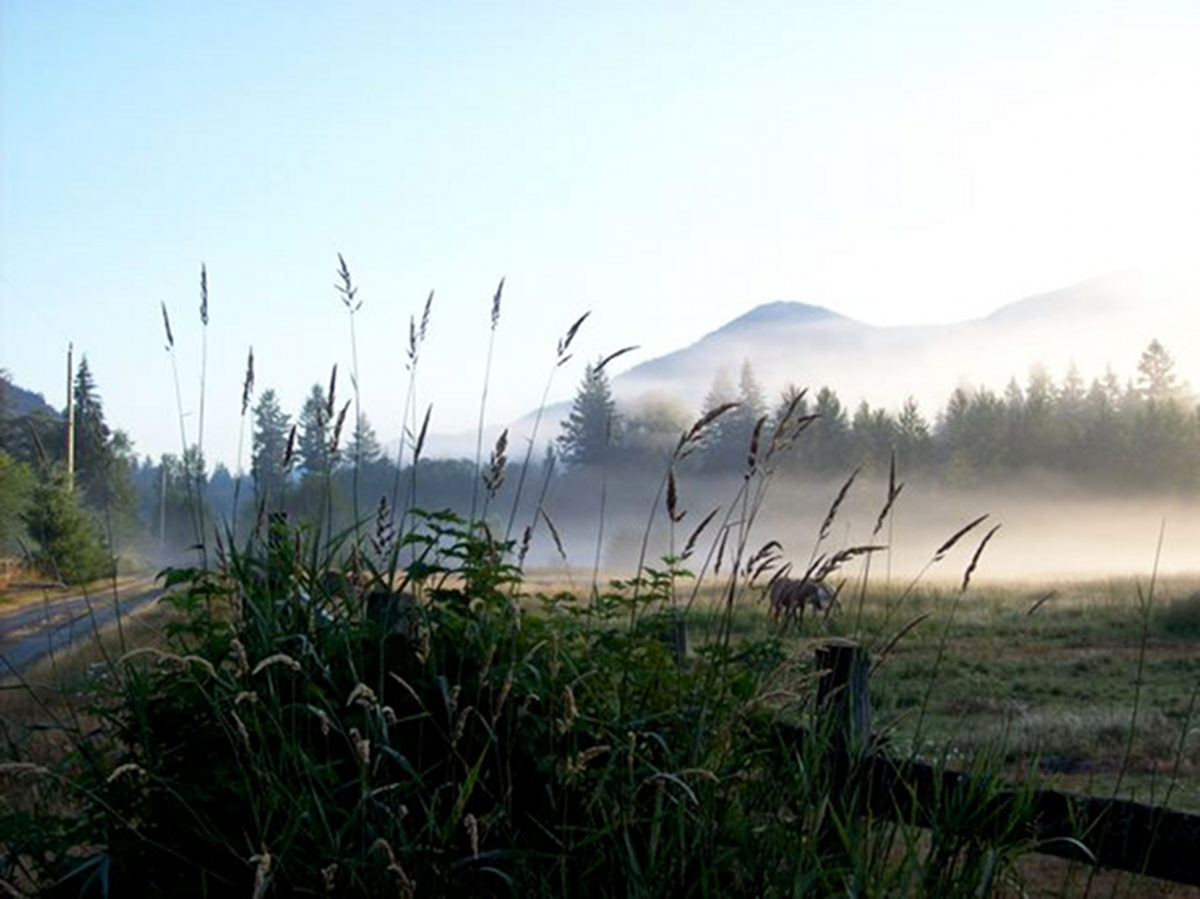
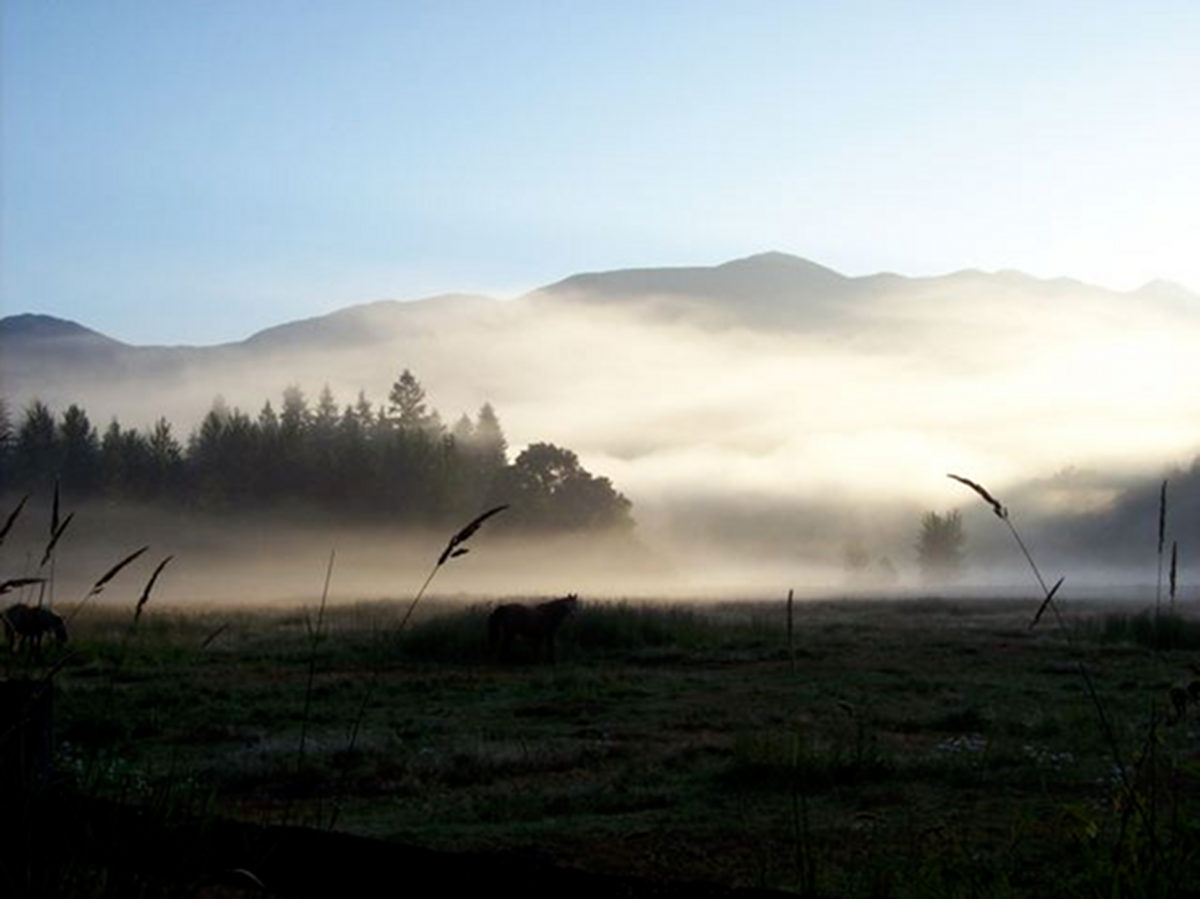
Any idea of “this step” or of “walking” separates me. When I have a thought of mountains as “out there” and me as “in here,” then I am already separate. My practice of mindfulness is to let go of all separation so that subject and object drop away and are transcended by the activity of the moment. Practicing in this way, we experience our body as mindfulness itself, with no thought whatsoever. With this dropping away of self-identification, the mountains are there, walking with me. Indeed, the whole universe walks with me, coming forth in a particular and immediate way. The plane overhead walks with me. The wind in the trees walks with me. The birds in the air walk with me. If I am applying words to it, I’ve already separated myself.
Mountains do not identify themselves as separate from each other. The shoulder of one mountain touches the shoulder of the next mountain. They flow into each other. When we are walking in a mountain range, it is difficult to tell where one mountain ends and another one begins. Although we may call them Mt. Rainier or Glacier Peak, they have the same source and are of the same nature. Their nature as separate and yet not separate points to our true nature as well. Through our practice, we touch the truth that there is no separate self, and yet, of course, each of us lives within our own skin. We sit together in Sangha, without any thought of “me” and “you.”
Just sitting, our mind at peace, it’s hard to know where any one of us begins or ends. Our shoulders run into each other, while at the same time, we each sit on our own cushion. Our breaths mingle. Our steps are the same quiet steps, yet we each walk on feet we call our own. Likewise, though we call mountains by their separate names, they all have the same true name. It is “mountain,” and though we can give it a name, a mountain exists beyond anything called a mountain.
When I listen to the mountains, they speak of the courage to engage anew in each moment. Neither mountains, nor you, nor I, are ever given to know the next moment. For humans, this can be a basis for fear. We have plans and hopes for the future, but no matter how forward-looking we are, we can never know what is ahead of us. Our instinct is to create an idea about the future that gives us a sense of knowing and a sense of security. It is a hedge against fear.
The transformation of this fear comes through trust. It takes trust to have the courage to stay here in “not-knowing.” We learn to trust things just as they are in each moment and to trust each moment as it unfolds. Even when we don’t necessarily like what’s happening, we still trust it in order to stay engaged. I have discovered that not-knowing and trust have the same nature, like the head and tail of a coin. The head on one side of a nickel and the image on the other side are different, but together they are one coin. In the same way, not-knowing and trust belong to the same reality.
The courage of a mountain to stand in solidity and stillness is like the courage of the bodhisattva to not turn away from any-thing, whether we like it or we wish it were different. This gives rise to the deepest acceptance, and with this mountain courage, we engage with the world just as it is.
Standing solidly and calmly, mountains engage with the world around themselves. Mountains gather the clouds and change the wind’s direction. Like the clear example of our venerable teacher in Plum Village, whose presence has changed us and the world, a mountain changes the world around itself through its presence. Clouds gather because mountains reach high into the sky. Rain falls because mountains stand solid and stable. Their presence is enough for the clouds to transform into rain. Mountains are not anxious to change themselves or the world around them. They simply live the truth of their existence in each moment. With no effort, they manifest snow in the winter and wildflowers in July. They manifest marmots in their rock falls and vast space within their range. Yet they are rarely, if ever, passive. They are intimately engaged in each arising moment, whether that moment is deemed good or bad, is liked or disliked, is welcome or unwelcome. Touching the solidity, stillness, and trust of a mountain gives us a great courage to stand like a mountain, to walk like a mountain, to smile like a mountain. And in that standing, walking, and smiling, our dualistic concepts and self-identifications fall away. We touch our mountain nature and we enter into something that is ancient and perennial, like the vastness of the mountains. And from that place, we step forth. Mountains, thus, are realized through us; mountains, thus, are realized as us.
EXCERPTED FROM A DHARMA TALK GIVEN ON MAY 31, 2011.
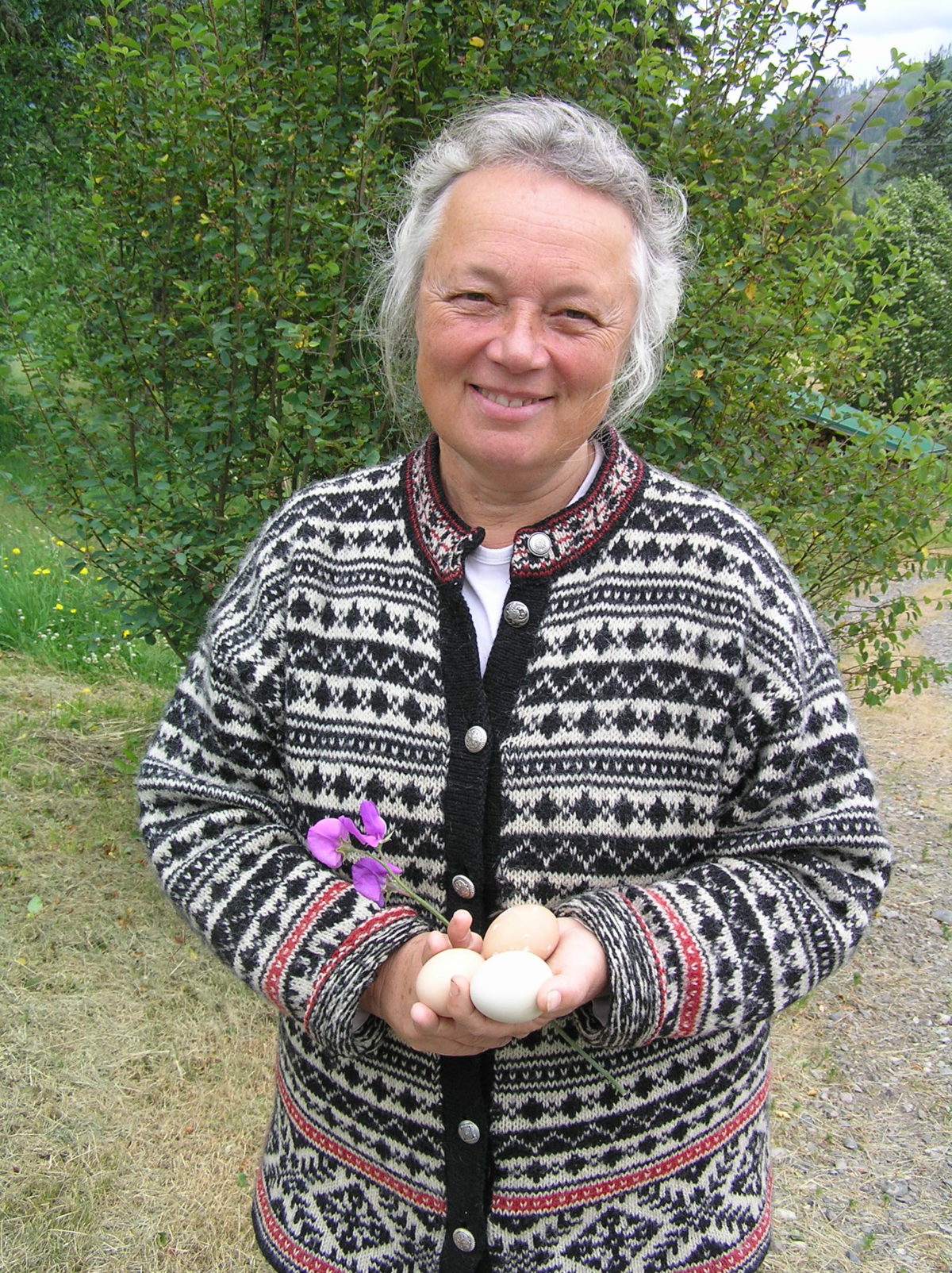
Eileen Kiera, True Lamp, is co-founder of Mountain Lamp Community, a rural residential practice center in the North Cascades, and Dharma Gate, a mindfulness practice center in Seattle. Thich Nhat Hahn acknowledged her as a Dharma teacher in 1990, and since then she has led retreats in the U.S., Europe, and Australia. Her primary commitment, however, is to support the maturing of Dharma practice near her home in the Pacific Northwest.

